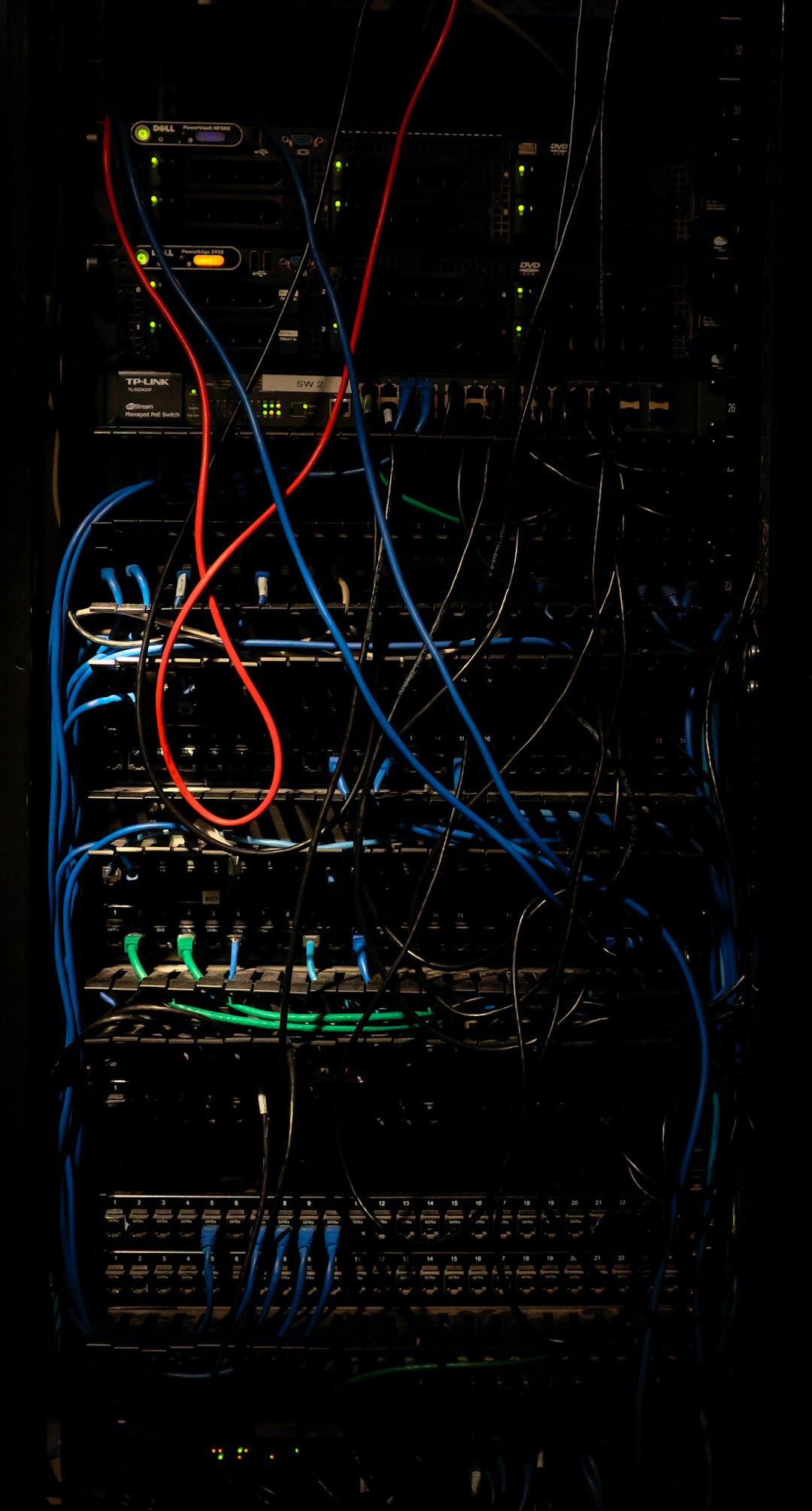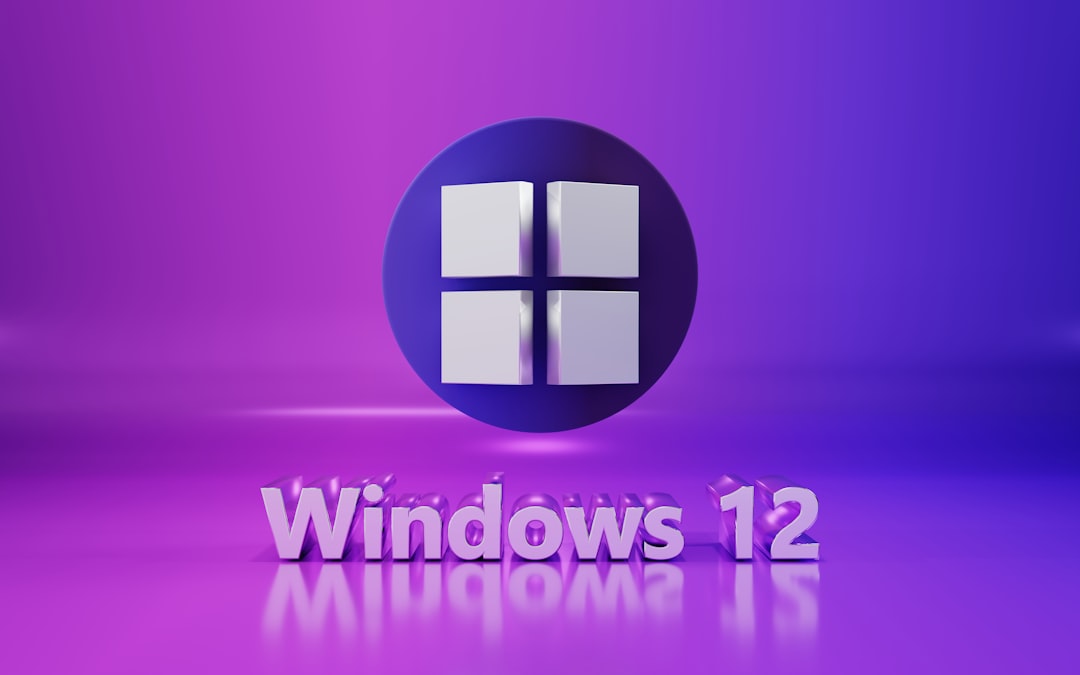The ctfmon.exe process is a familiar name to many users of Windows operating systems, yet it often remains misunderstood. For users who notice this process running in their Task Manager, the question may arise: is it a legitimate part of Windows, or could it be a malicious entity masquerading as a system process? Understanding the role of ctfmon.exe is crucial for system security and performance.
Ctfmon.exe, short for “Collaborative Translation Framework Monitor,” is a genuine Windows process introduced with Microsoft Office XP and integrated into later versions of Windows. It is responsible for controlling Alternative User Input services such as speech recognition, handwriting recognition, and keyboard language switching. In short, if you’re using multiple input languages or accessibility tools, ctfmon.exe is essential.

By default, ctfmon.exe is safe and required for specific system functionalities, especially for those who frequently switch between different language inputs or use assistive technologies. However, its name and nature make it prone to misuse by malware developers who may disguise harmful programs under this or similarly spelled names (like ctfmone.exe).
How to Tell if ctfmon.exe is Legitimate
You can check the legitimacy of ctfmon.exe by examining its file location:
- Right-click the process in Task Manager
- Choose “Open file location”
The genuine ctfmon.exe should reside in the C:\Windows\System32 folder. If it’s located elsewhere, particularly in the user directories or system folders like C:\Users\UserName\AppData, it may be a potential threat.

When to Be Concerned
Although rare, some forms of malware do use the name ctfmon.exe to remain hidden and execute in the background. Here are a few warning signs that your system may be compromised:
- Multiple instances of ctfmon.exe are running simultaneously
- Unusual spikes in CPU or RAM usage related to the process
- Running from any other directory than System32
- Your antivirus software flags ctfmon.exe as a threat
If you experience any of these symptoms, it’s essential to perform a complete system scan using reputable antivirus or anti-malware software.
Can You Disable ctfmon.exe?
For many ordinary users, especially those who don’t use speech input or alternate keyboard layouts, ctfmon.exe may not be necessary. Although Microsoft has made it more persistent in modern versions of Windows, you can attempt to disable it:
- Go to Control Panel > Region and Language
- Click on Keyboards and Languages and then choose Change keyboards
- Set input language to default and remove any unused language services
However, removing it completely isn’t recommended unless the user is certain that none of its functionalities are needed, as doing so may result in errors with some Microsoft Office features or accessibility tools.
Conclusion
To summarize, ctfmon.exe is a legitimate and generally safe Windows process that supports language inputs and accessibility features. Suspicions about its safety are understandable, given that some malware may use the same name to mask malicious activity. By checking the process location and monitoring system behavior, users can determine whether it poses any real threat.
FAQ
- Q: Is ctfmon.exe a virus?
A: No, the legitimate ctfmon.exe file is part of Windows and is not a virus. However, malware can disguise itself using the same name. - Q: Should I remove ctfmon.exe from my system?
A: Unless you are experiencing problems or do not need input language switching, there is typically no reason to remove it. - Q: How can I check if ctfmon.exe is safe?
A: Use Task Manager to locate the process, right-click it, and choose “Open file location.” It should be in the System32 folder. - Q: Can ctfmon.exe cause high CPU usage?
A: Typically, it uses minimal system resources. If it’s using a lot of CPU or memory, it could be a fake version. - Q: Does disabling ctfmon.exe affect Windows operations?
A: It could affect features like language switching, speech input, or office help. Disable it only if you’re sure those features are not needed.
